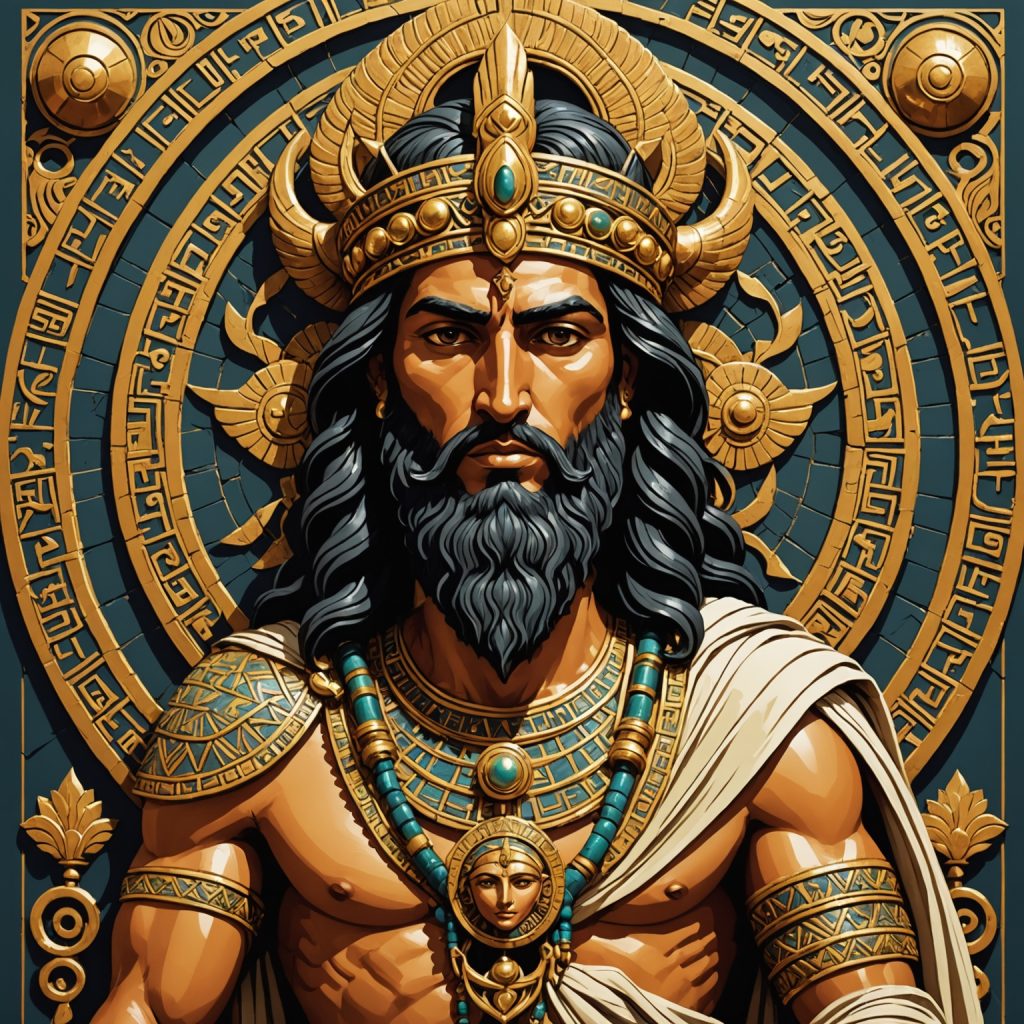Dumuzid (also spelled Dumuzi or Tammuz) is a Sumerian deity associated with fertility, vegetation, shepherds, and seasonal cycles. In Mesopotamian mythology, he is a god of life, death, and rebirth, symbolizing the dying-and-rising god archetype.
His name means “True Son” or “Faithful Son.” Dumuzid is the consort of Inanna (later known as Ishtar), the goddess of love and war. Their myth involves Inanna’s descent into the Underworld, during which Dumuzid is eventually taken in her place, signifying the seasonal dying of crops. His half-year stay in the Underworld reflects the dry or barren seasons, while his return represents renewal and growth.
He is depicted as a shepherd, distinguishing him from agricultural gods like Enkimdu. His cult included lamentations and rituals of mourning during midsummer, often linked to agricultural cycles, mourning his death and celebrating his return.
Dumuzid’s myth influenced later traditions, and he became associated with Tammuz in Akkadian culture. References to Tammuz appear in the Hebrew Bible, indicating his wide cultural reach.
